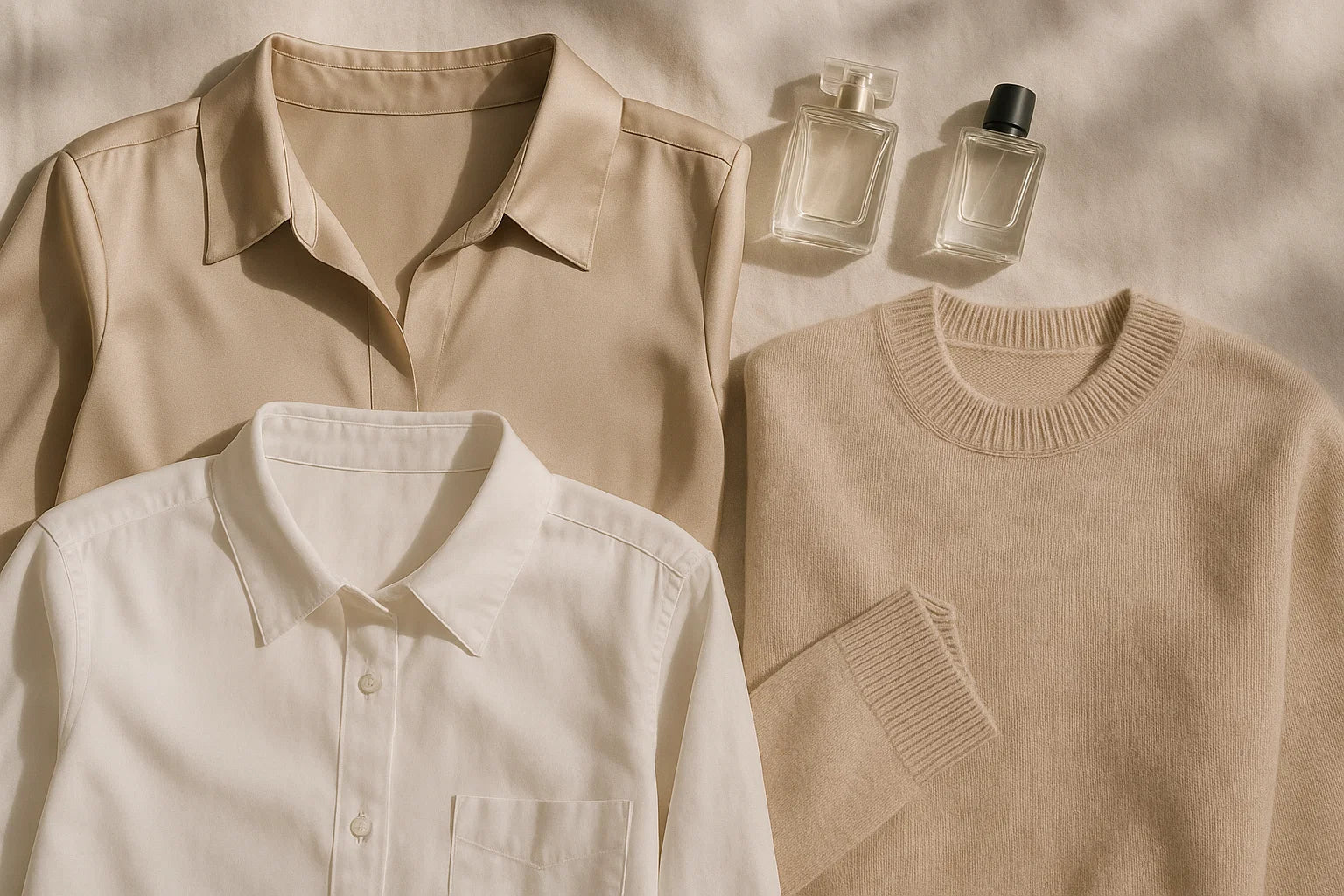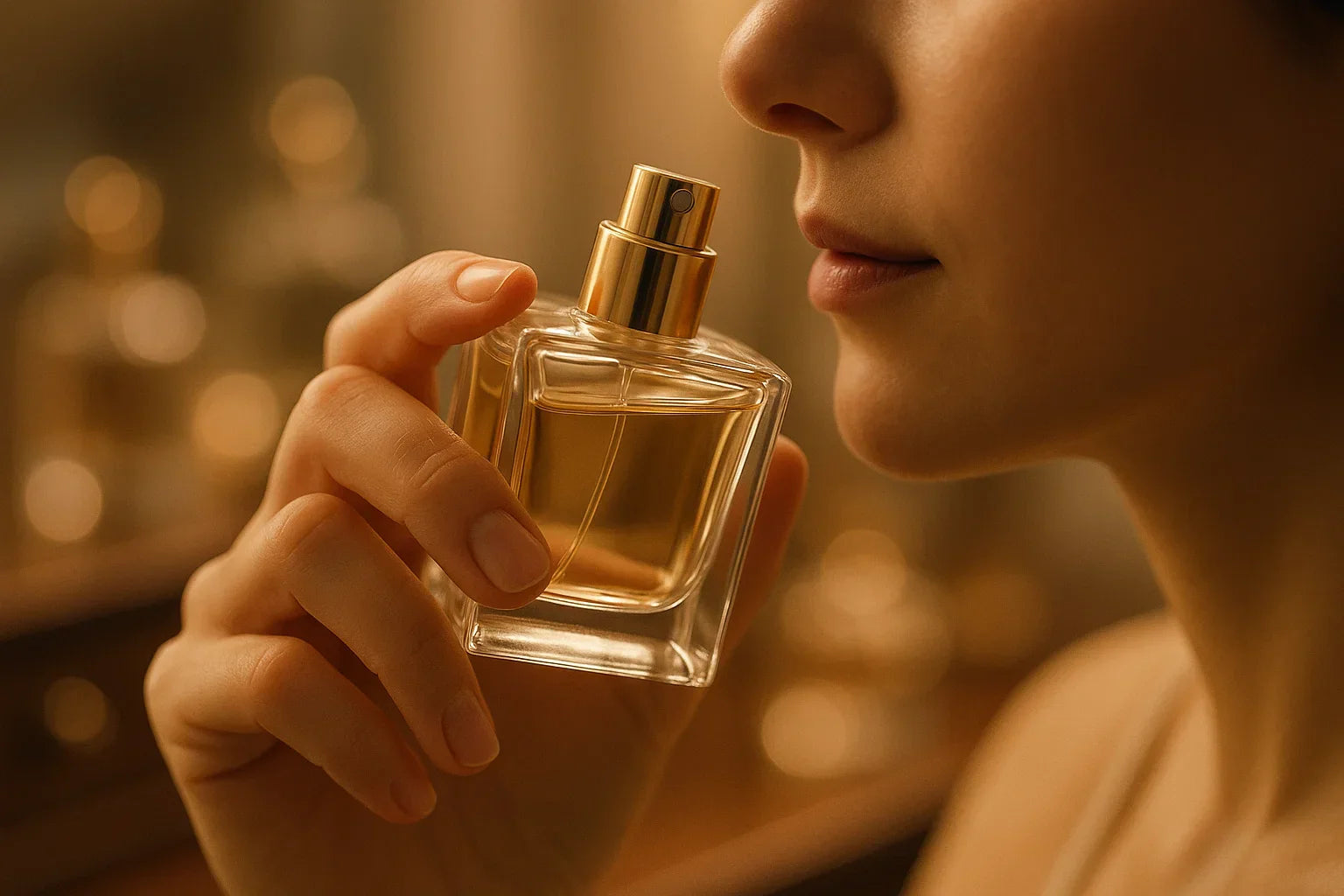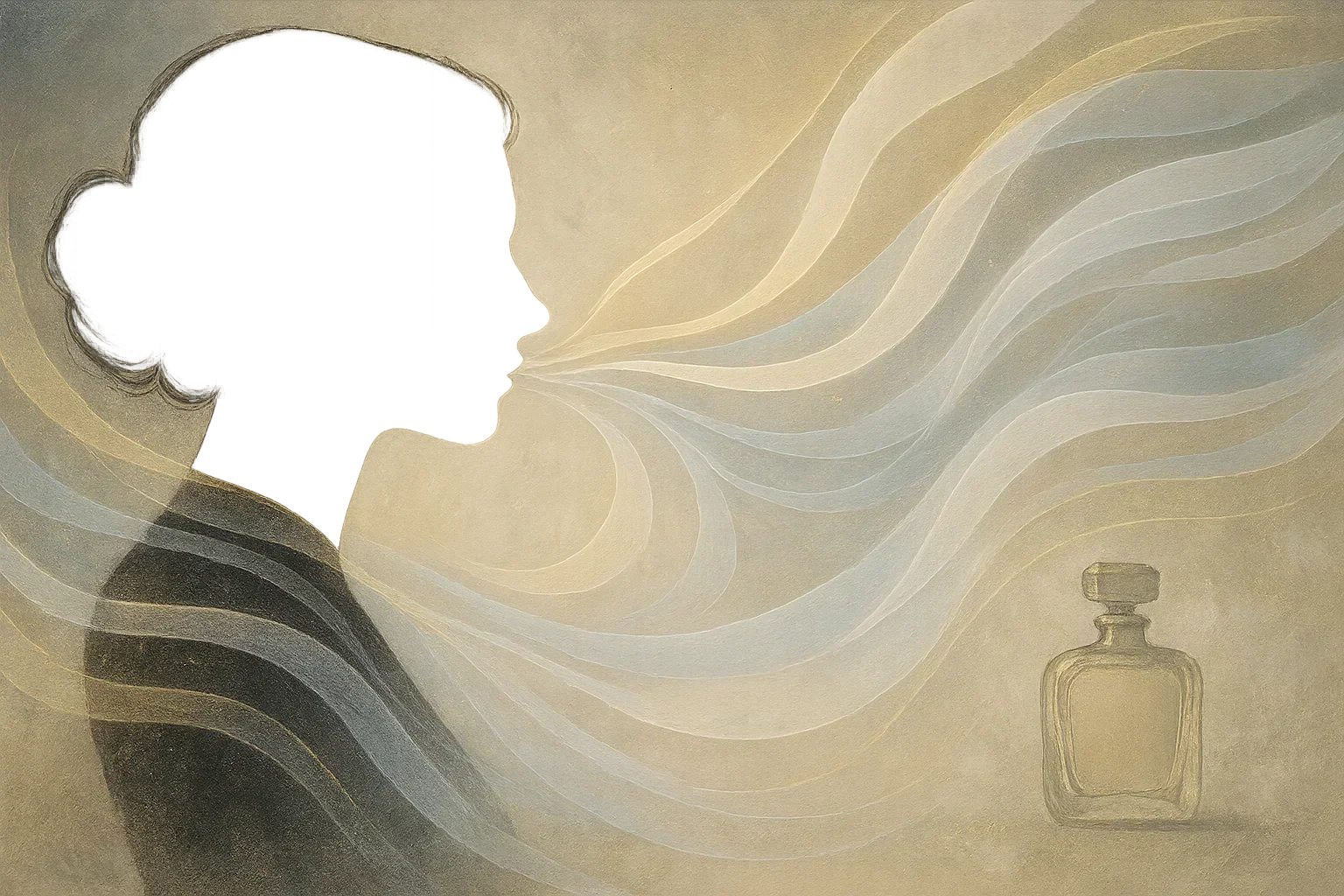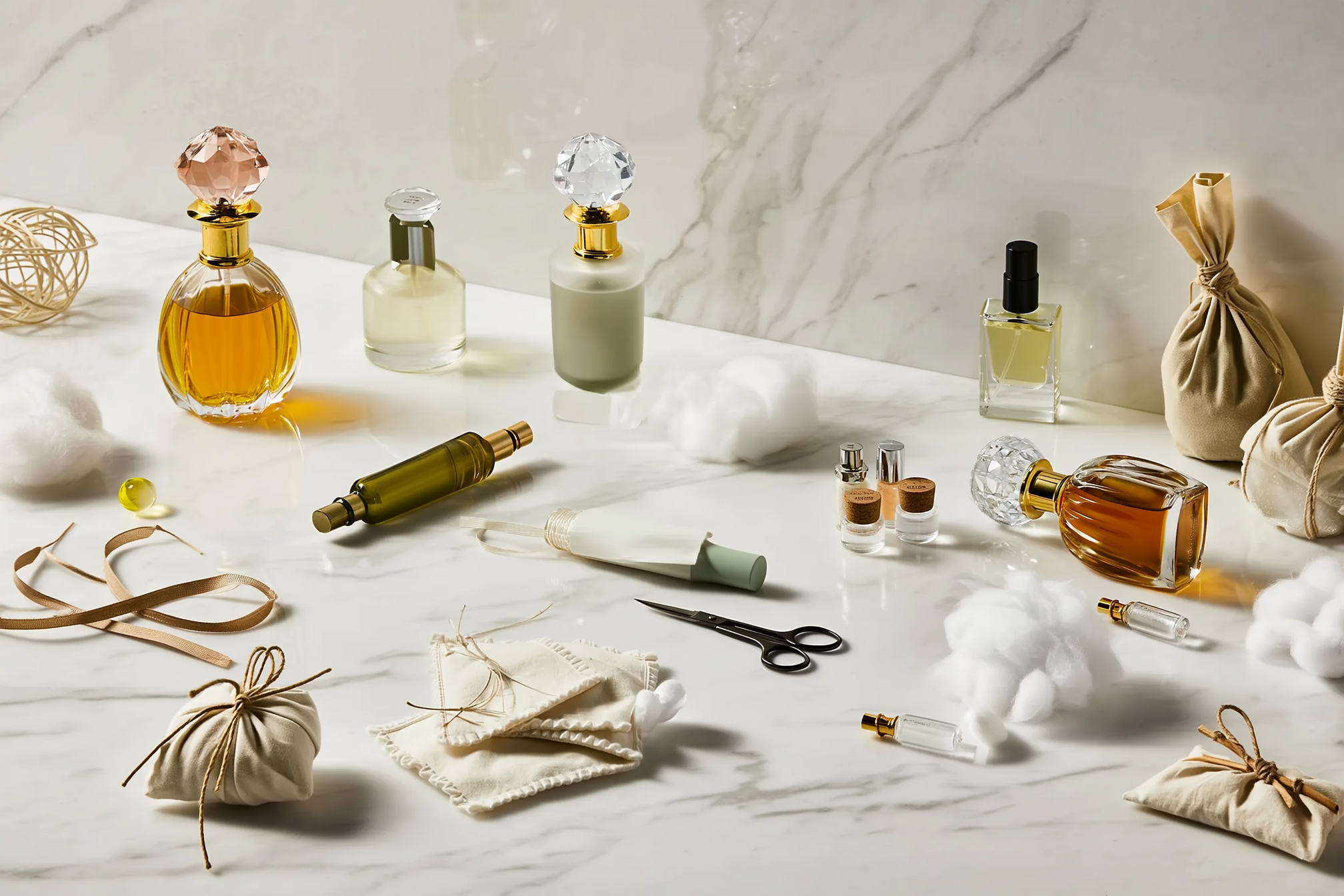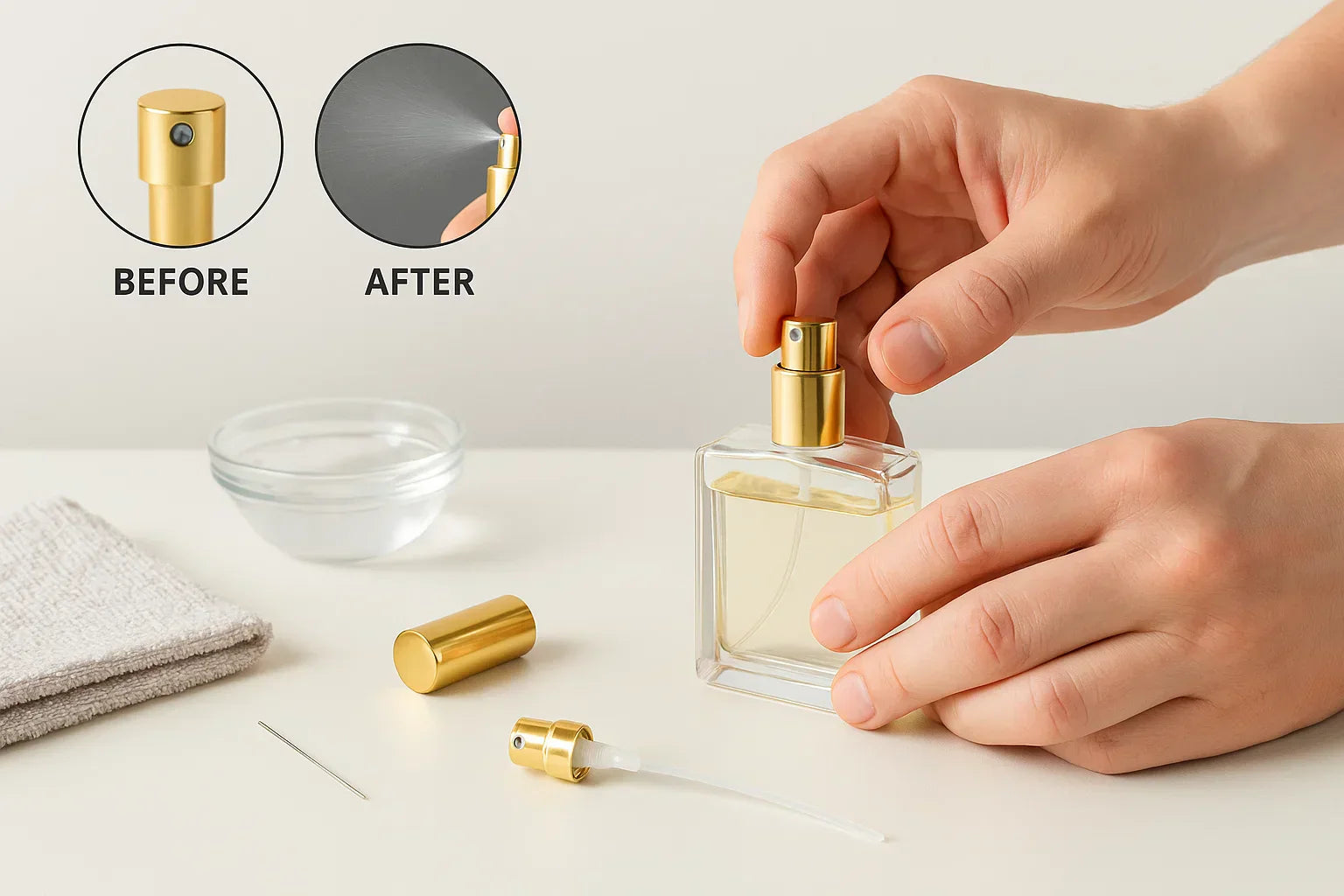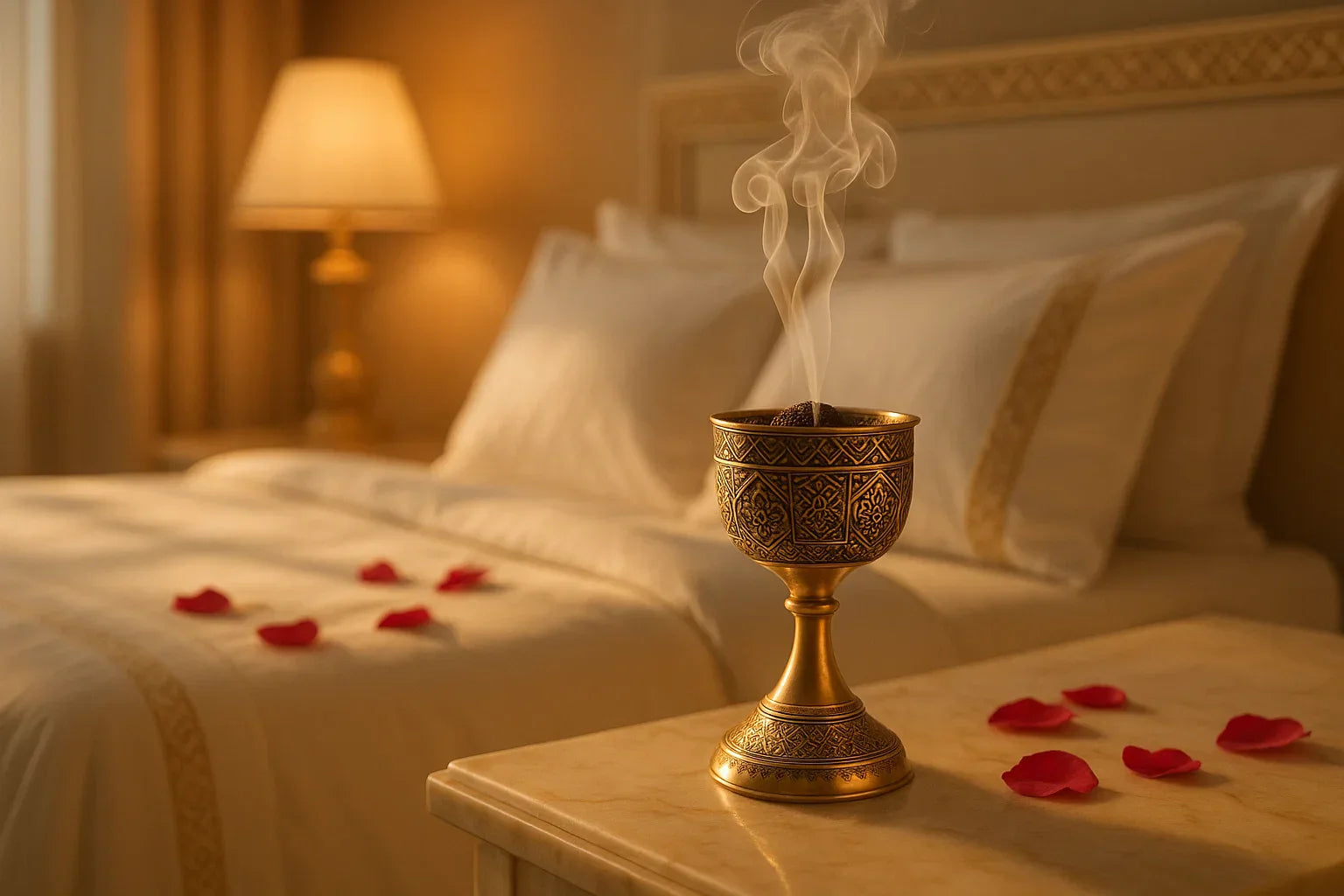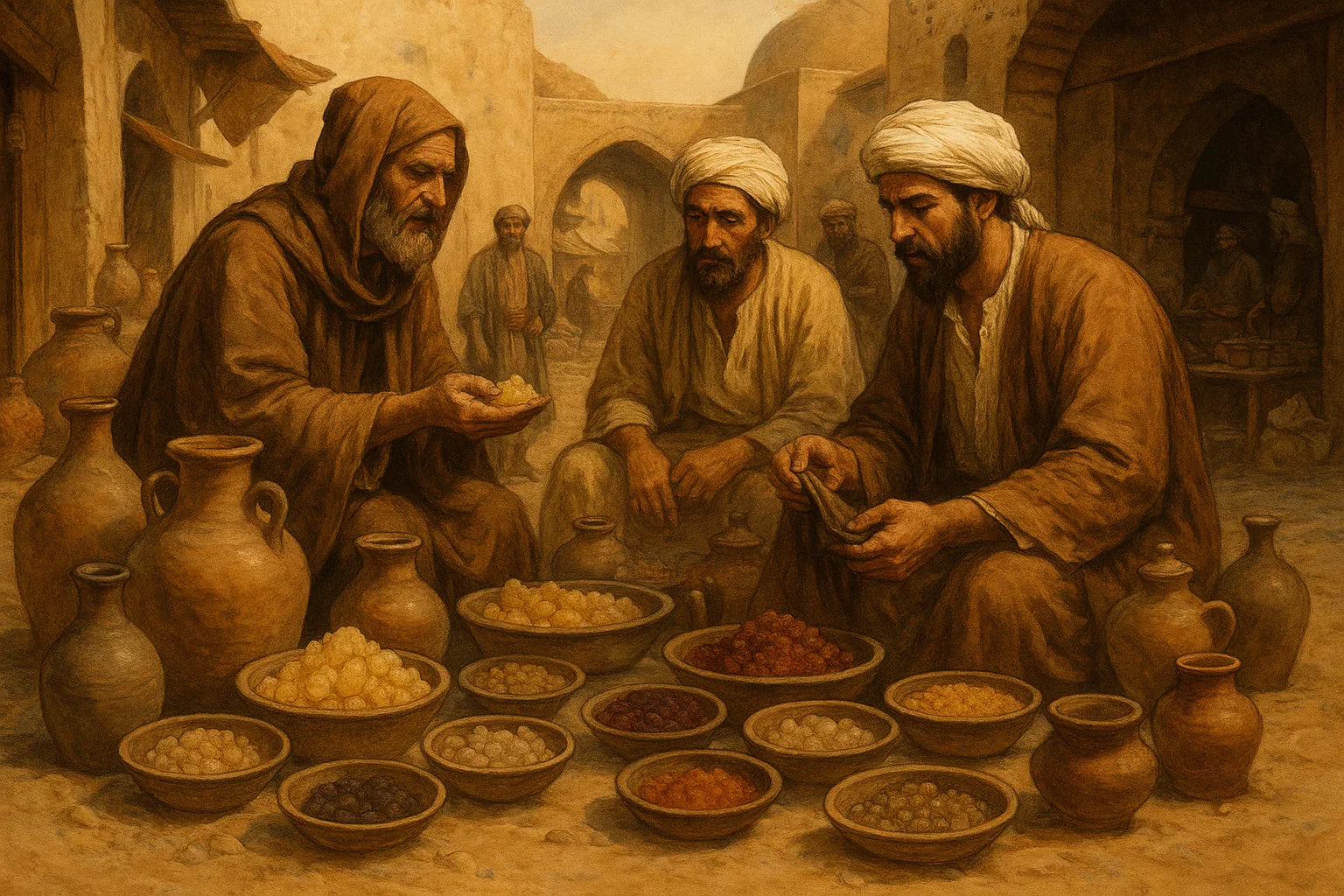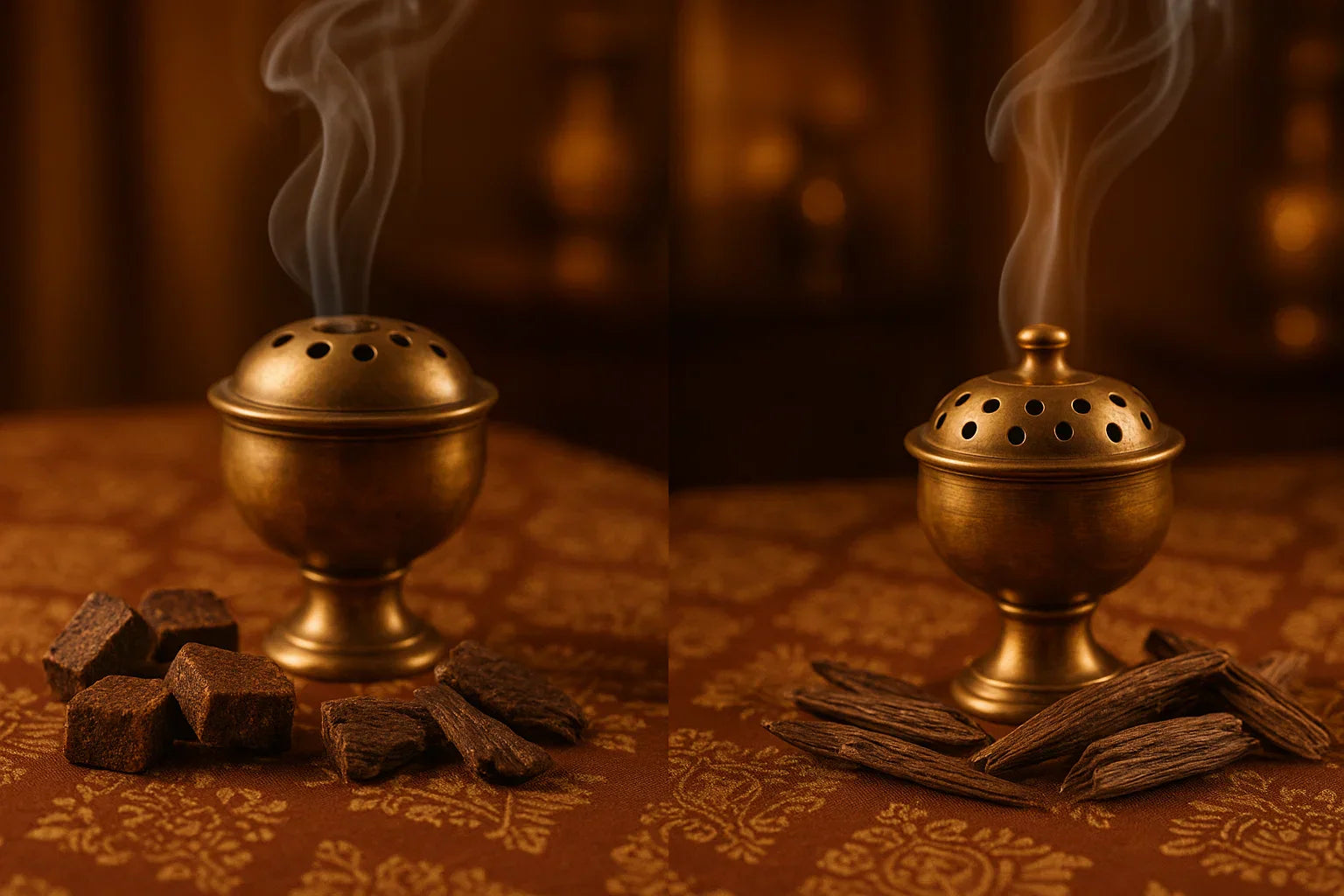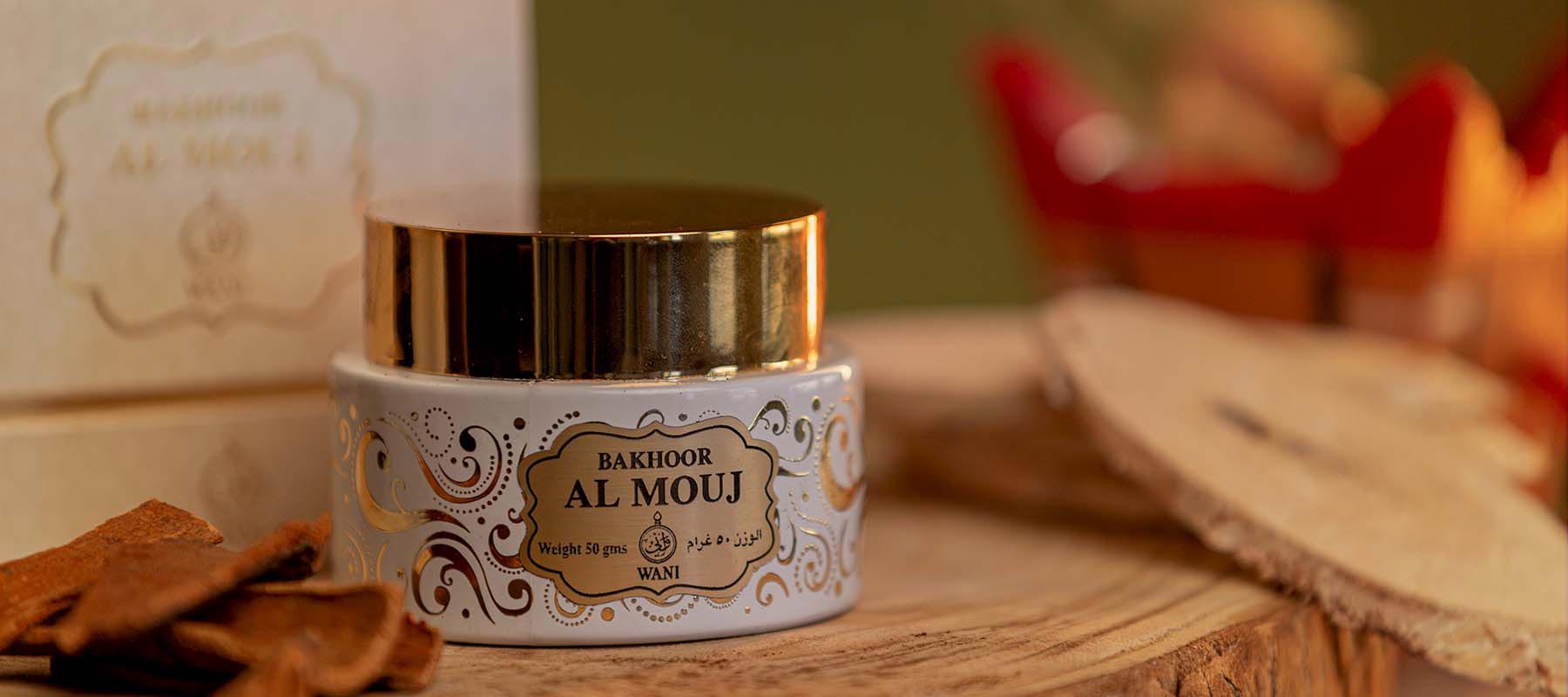
The Story of Bakhoor - The Origins of the Aroma of Middle-East
While perfumers in the West have always had a preference for lighter fruity and citric notes, perfume lovers from all over the world are gradually moving towards earthy notes linked with the bakhoor scent that is considered one of the most popular Middle Eastern fragrances in the market.
Bakhoor, which are perfumed wooden chips, come from a unique species of trees that are majorly grown in Southeast Asia and the Middle East. For many centuries, the people of the Gulf have been using this potent wood in the form of fragrant chips and essential oils, not only to stave off bad odors but also for medicinal and spiritual purposes.
Description and Origin of Bakhoor
Bakhoor, also spelled as Bakhur which translates to fumes in the Arabic language, is typically used in the Middle-East as a natural fragrance in houses and wedding halls. It refers to small wood fragments that are soaked in fragrant Oud oil. The extraction of oud oil is sourced from the Aquilaria tree, which is a native tree species grown in tropical Asian countries such as Thailand, Cambodia, and Malaysia.
After contracting a naturally-occurring mold infection, the tree starts producing a dark fragrant resin, which is an immune response to fight off the disease. In its natural state, the tree is odorless and comparatively pale in color, but as the infection occurs, the tree becomes aromatic because of the formation of dark resin.
Extracts from this dark resinous wood part are also used in various expensive modern perfumes. First-grade agarwood is among the costliest natural resources in the international market, as only 1 kilo of pure agarwood can cost up to $100,000 – although it is a common practice to mix it with different natural aromatic ingredients to make it more affordable. According to an estimate by DATAINTELO, the global market of agarwood essential oils is expected to grow up to a value of USD 201.03 million by 2026.
Luckily, there is good news for fragrant lovers as more and more perfume makers are implementing cultivation methods to grow Oudh. The Aquilaria tree is artificially infected with the fungus that causes it to produce the dark fragrant resinous substance for up to many years.
History of Bakhoor
Oud, which is a non-perfumed and processed form of Bakhoor, can be found in the oldest manuscripts that have been recorded so far. It has also been mentioned in old scriptures, such as Torah and Bible. Followers of various religions, such as Buddhism, burn oud essential oil to facilitate their meditative practices. The woody note also holds great significance for the Muslims, as Prophet Muhammad had a ritual of burning bakhoor on Fridays.
It is unclear about the exact origin of bakhoor, but it is clear that the Pharaohs of Ancient Egypt had a particular liking for luxurious fragrances. They did not simply lead extravagant lifestyles but considered comfort and luxury to be integral parts of life. To complement their wealth and lifestyle, they indulged in exotic fragrances imported from far remote places of the world in those times.
The rich history of Ancient Egypt is filled with intriguing practices and unique discoveries. But in many ways, the Ancient Egyptians weren't much different from us, such as their sense of smell. No one likes to be in a space filled with bad odor, and the Egyptians were particularly keen on personal hygiene. Although they were not the ones to discover the use of incense, they were among the first people who indulged in its routine application and transportation to other regions. For the ancient Egyptians, bakhoor was not just something that staves off unappealing odors, but it served a higher spiritual purpose - they believed by keeping their living spaces aromatic, they would be able to keep demons and spirits at bay.
Regardless of their gender, everyone engaged in these rituals, and they were very particular about their choices of exotic scents. They used to combine various odorous ingredients and applied them to their skin in the form of deodorants, while the rich upper class had access to fragrances in the form of bottled perfumes. For the early people, bakhoor was not just a perfume product, but something that served as a status symbol.
How Bakhoor Is Used
To enjoy the musky and woody fragrance of bakhoor, you burn the potent incense in a mabkhara, which is a traditional incense burner that is considered by many people as merely a household decor object. To get started, you will have to ignite a charcoal tab with the help of a handheld lighter or a stove burner. We recommend you do it on a fireproof surface to avoid any chances of mishaps. Keep on heating up the charcoal piece until it turns glowing red and becomes covered in grey smoke. Pick the coal piece with a pair of metallic tweezers or tongs, place it in the center of the incense burner, and add some bakhoor incense on top of it. After being heated, bakhoor will release aromatic fumes that will fill the air around it.
In the West, bakhooor is usually kept for special occasions while in the Middle Eastern homes it is something of daily usage. Every family has its own secret techniques and methods to cook the wooden chips that release the maximum amount of fragrance. It is a customary practice in the Middle East to pass Bakhoor among guests so that they can cover their hair and clothes with earthy notes when they enter the house. This gesture of hospitality is also practiced when you serve your guests dates and coffee after dinner in a typical Middle Eastern home.
That’s a Wrap
While many perfumers in the West are coming up with new fragrances that are based on synthetic ingredients, traditional perfume lovers still prefer using oud and bakhoor extracts in their purest forms.
Whether you use bakhoor incense just to enjoy the luxurious fragrance or set the right mood for meditation and yoga, you can never overstate the richness and tranquility it brings to the entire space around you. After all, bakhoor is the scent of the gods.
